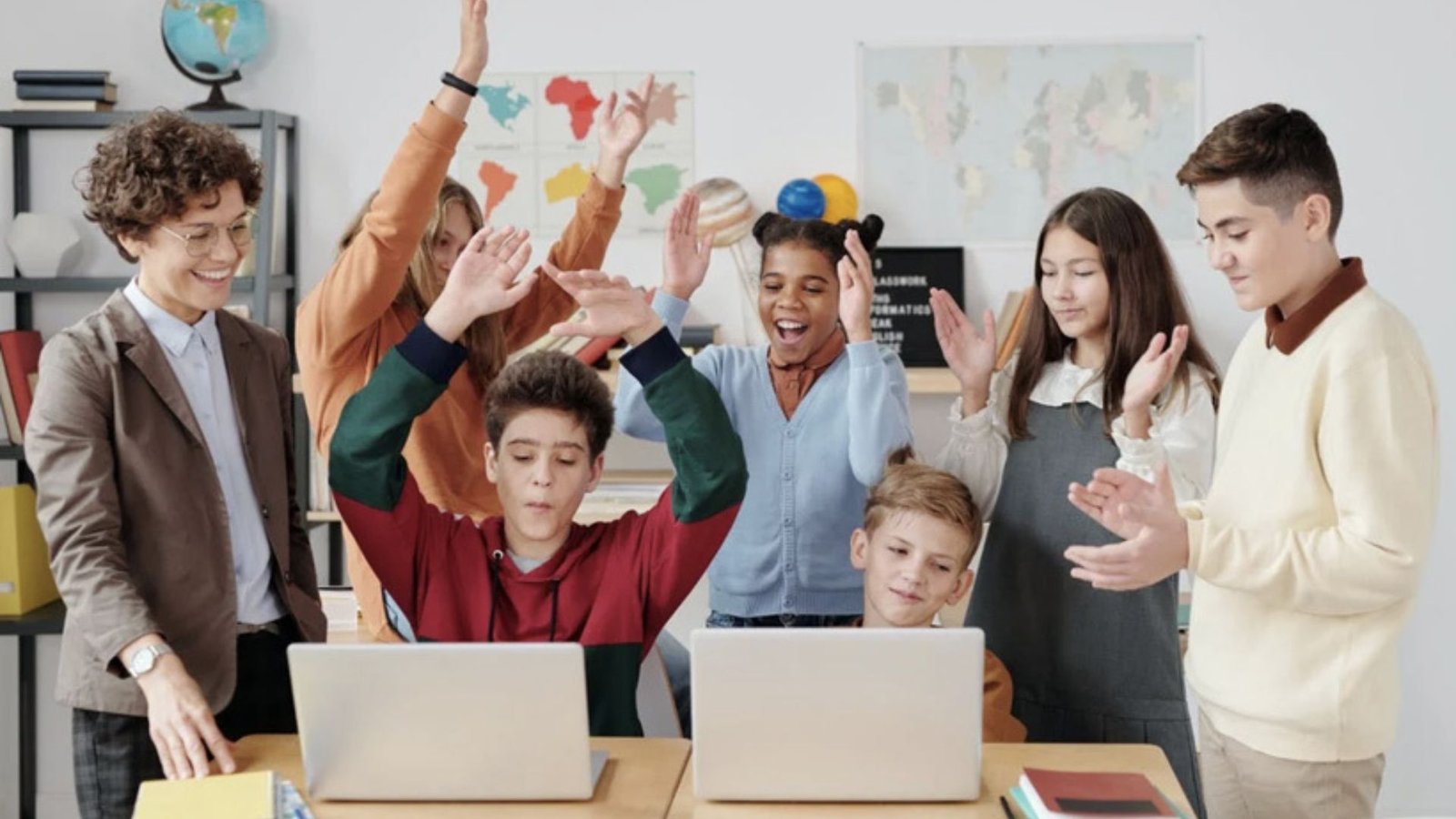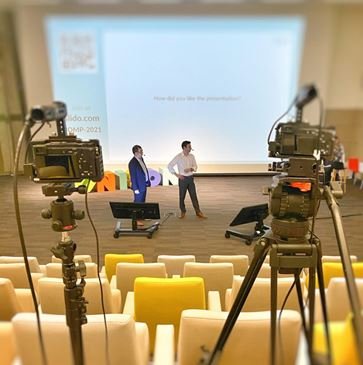Effective use of multimedia in storytelling transforms how we share narratives, making them more engaging and interactive. Through multimedia, storytellers combine various elements like text, images, audio, video, and animations to create immersive experiences. This blend of media captivates audiences and brings stories to life in ways that traditional formats can’t achieve. Whether it’s in journalism, marketing, or entertainment, using multimedia effectively allows creators to craft dynamic narratives that resonate deeply with viewers.

Enhancing Engagement Through Multimedia
Effective use of multimedia in storytelling relies on combining different media formats to enhance engagement. For instance, in a digital news article, images paired with written content provide visual context, while embedded videos further explain the story. This approach keeps readers engaged longer because it offers various ways to absorb information. As users scroll through an article, they move seamlessly from text to video to interactive elements, all of which contribute to a richer understanding of the story.
Similarly, in marketing, multimedia content helps brands create more memorable campaigns. Video advertisements combined with catchy audio tracks and graphics convey messages more effectively than text alone. Interactive features, such as clickable links or polls, invite viewers to participate in the narrative. These multimedia elements give the audience multiple touchpoints, leading to higher engagement and better retention of the story’s message.
Crafting Immersive Narratives with Multimedia
Effective use of multimedia in storytelling allows creators to craft immersive narratives by appealing to multiple senses. For example, in virtual reality storytelling, multimedia elements such as 3D graphics, spatial audio, and interactive environments fully immerse the audience. They don’t just passively consume the story; they experience it as if they were part of it.
Additionally, in film and television, multimedia enhances storytelling through visual effects, sound design, and cinematography. Each of these elements contributes to the narrative, adding depth and dimension to the story. Visual effects create awe-inspiring moments, sound design evokes emotion, and cinematography sets the mood. By weaving these multimedia components together, storytellers transport viewers into different worlds, making the story more immersive and impactful.
Creating Emotional Connections with Multimedia
Effective use of multimedia in storytelling also helps create emotional connections with the audience. Combining audio and visuals amplifies the emotional tone of a story, making it more relatable and powerful. For example, in a documentary, personal interviews accompanied by evocative background music and real-life footage tug at the heartstrings, giving viewers a deeper emotional connection to the subject.
Similarly, multimedia storytelling on social media platforms often uses a combination of video, sound, and interactive features to draw users in emotionally. Short-form content, such as Instagram stories or TikTok videos, effectively combines visuals and music to evoke specific emotions—whether it’s humor, empathy, or inspiration. These multimedia elements create a more intimate bond between the storyteller and the audience, ensuring the message resonates on a personal level.
Expanding Accessibility Through Multimedia
Effective use of multimedia in storytelling makes stories more accessible to a diverse audience. By offering content in various formats, such as audio for listeners, videos for visual learners, and text for readers, multimedia ensures that people with different preferences or abilities can engage with the story. For example, podcasts provide an auditory storytelling experience for those who prefer listening, while videos with subtitles cater to individuals who are deaf or hard of hearing.
Multimedia also allows for storytelling in different languages, widening the reach of narratives. Through dubbing, translations, and subtitles, storytellers can present their work to global audiences, breaking down language barriers. This inclusivity is crucial in ensuring that stories resonate across cultures and demographics, further expanding their impact.
Conclusion
In conclusion, effective use of multimedia in storytelling revolutionizes how we share and experience narratives. By combining elements like text, audio, video, and interactive features, multimedia makes stories more engaging, immersive, and emotionally resonant. Whether in journalism, marketing, entertainment, or education, multimedia allows storytellers to reach a wider audience and craft narratives that leave a lasting impact. As technology advances, the role of multimedia in storytelling will only continue to grow, enhancing the way we communicate and connect with others.











